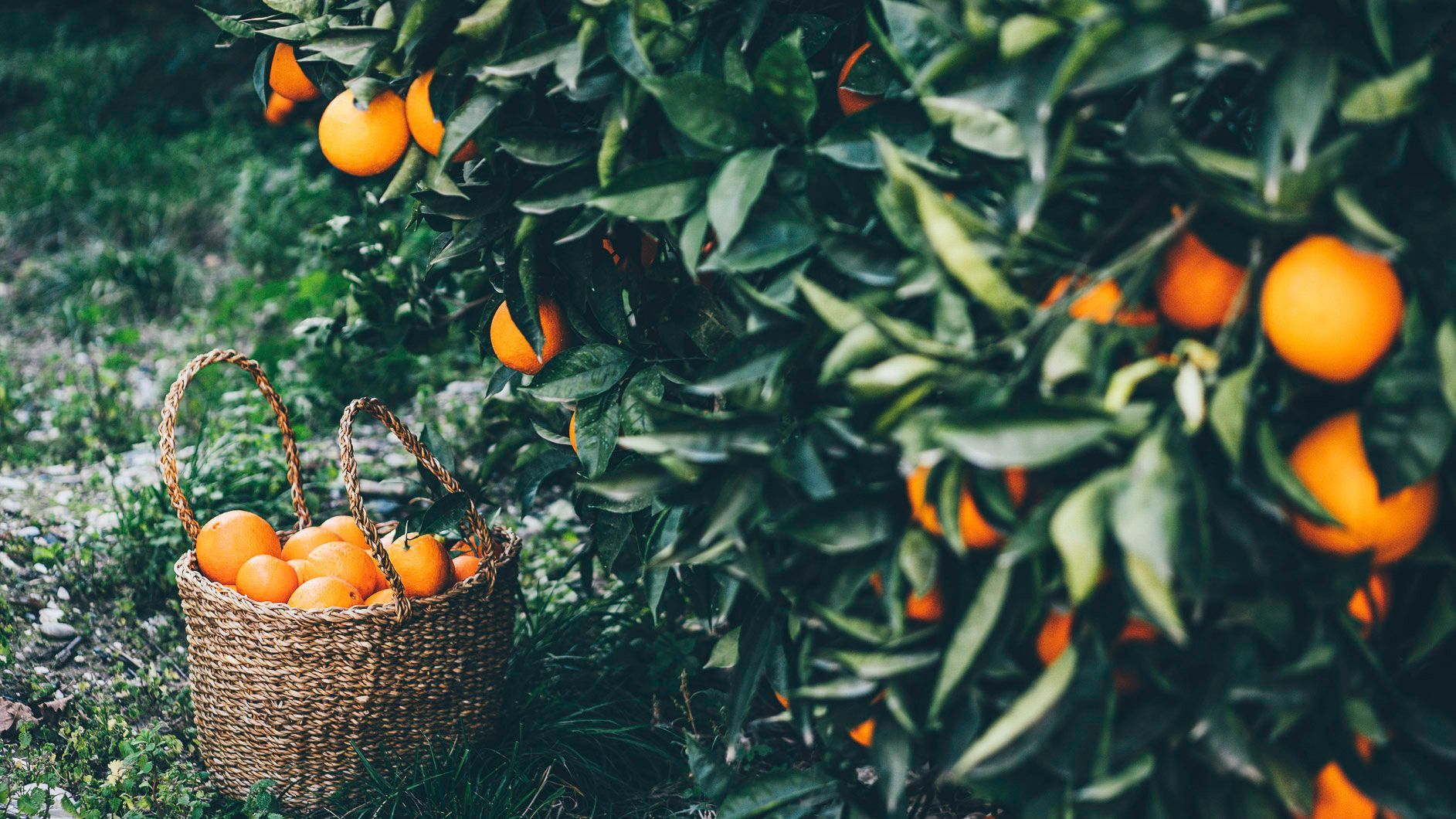While it may be called the Apple Isle, Tasmania is gaining a name for itself as the ‘France’ from winemakers and aficionados alike. The cool climate provides perfect conditions for producing high-quality premium grape varieties, most notably pinot noir, chardonnay and sauvignon blanc.
Sparkling wine varietals represented 38% of the 2019 vintage. And while it can’t be technically labelled “champagne”, many consider Tasmanian’s sparkling wines to be on par with those produced in the eponymous French region.
Despite Tasmania’s cool climate, the wine industry’s growth shows no sign of cooling, providing industry professionals with huge potential to grow and expand their business.
With more producers entering the market, grape production in the region is increasing. The 2019 vintage set a new record in terms of volume and quality. It’s reported that in this year, 17,180 tonnes of wine grapes were harvested, which is the equivalent of 1.24 million cases. This represents an increase of 5.5% over last year and shows healthy year-on-year growth for the Tasmanian wine industry.
While the state produces just 1% of Australia’s total wine grapes, it represents 4.2% of wine grape value and over 10% of the premium wine segment (defined as over $15 a bottle). The average value of Tasmanian wine grapes last year was $2,827 a tonne, almost five times the Australian average. Demand for the region’s wines is also increasing with almost 300,000 people visiting their cellar doors in the 2018 calendar year.
While Tasmania has over 160 wine producers across seven regions, it’s classified as one region. This is because there are strict guidelines that must be met in order to classify as a wine region, including having five independent vineyards of over five hectares each and producing 500 tonnes or more collectively. Tasmania’s diminutive size means that there are only two regions that potentially meet that criteria, Coal River Valley/Richmond and Pipers River.
With wine production increasing, it’s estimated that capacity may increase to 4,000 hectares in the next 10 years. This is on top of the 25% increase in vineyard plantings over the last decade, which all means that production may soon outstrip demand, creating the opportunity for Tasmanian producers to seek out new markets overseas. At present 95% of Tasmanian wines are consumed domestically but producers are looking to new markets like South Africa, USA and Hong Kong for future growth.
Wine makers are also looking at new styles and methods of producing wines in the face of climate change and the pursuit of excellence in innovation. Together these promise to solidify Tasmanian’s position on the global wine stage and give the region its own unique identity.
It’s an exciting time in the Tasmanian wine industry and, with growth on the rise, it’s the perfect opportunity to expand or get involved. If you’d like to know how, get in touch with us.



